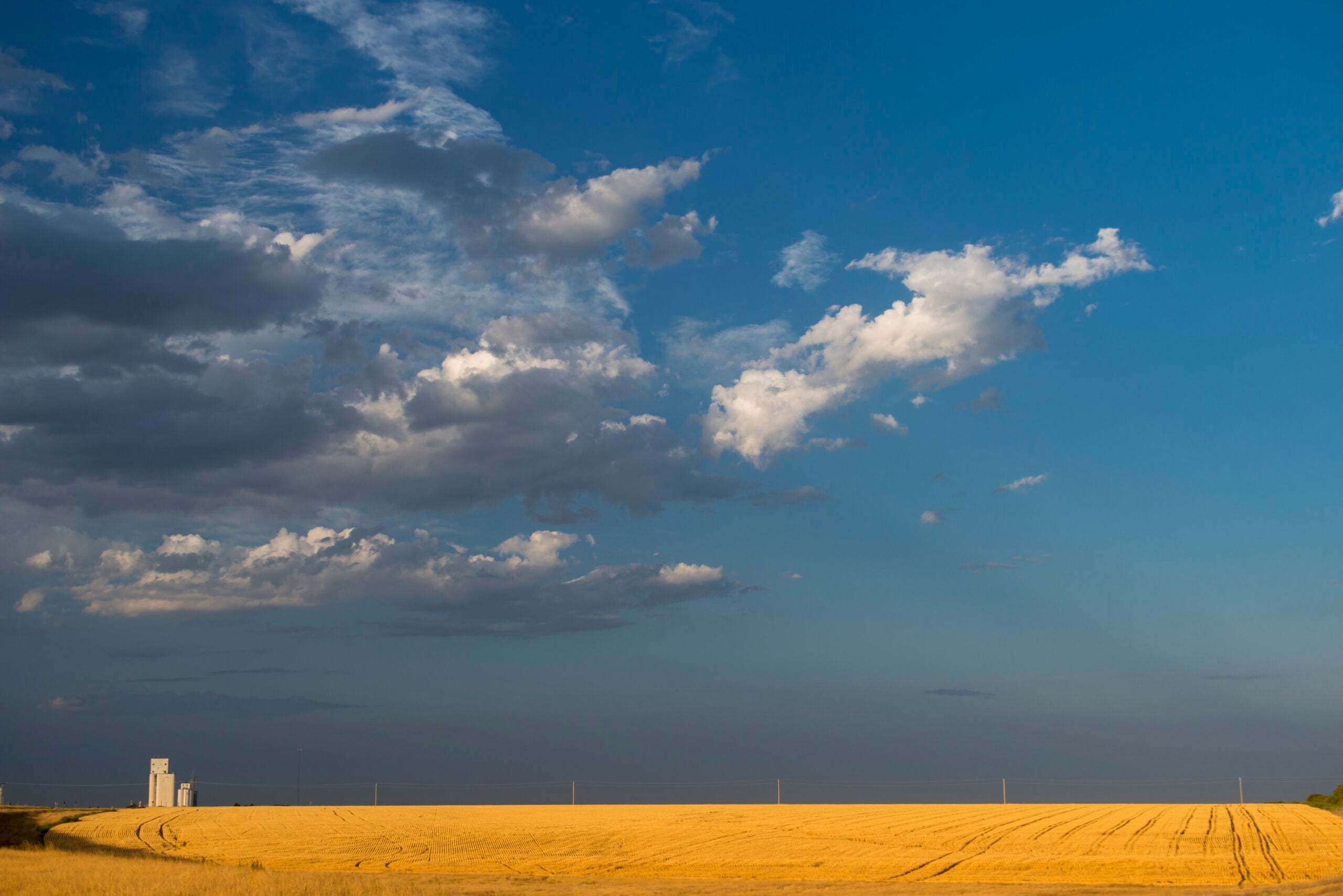During the summer of 2023, Kansas endured a historic heat wave with temperatures soaring above 110°F in some areas. As climate change continues to intensify, the frequency and severity of extreme heat are projected to increase. Are Kansas farmers at risk of losing money in the face of these extreme growing conditions? A new study by EDF, Kansas State University and Cornell University aimed to answer this question by examining the impacts of extreme heat over the last four decades.
Growing Returns
Selected tag(s): wheat
Increasing extreme heat is hurting Kansas farmers’ bottom line
How will climate change affect U.S. crop yields?
As the UN climate conference kicks off in Egypt, food and agriculture are central to negotiations for the first time. More severe droughts, warmer temperatures and heavier rainfall fueled by climate change are making it harder than ever for the world’s one billion farmers to grow food and fiber. While some farms and regions are more vulnerable than others, climate change will affect farmers everywhere.
Here in the U.S., where farmers have a long history of steadily increasing yields, climate change will likely cause crop productivity gains to stall — or even reverse — as soon as 2030.
Conservation relies on profitability
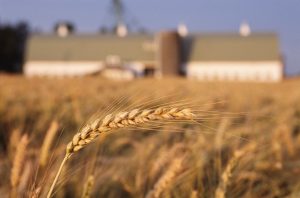 Whether in agriculture or any other business, if you don’t have enough money coming in to pay the bills, it’s hard to find the time or resources for anything other than working to turn a red budget spreadsheet black.
Whether in agriculture or any other business, if you don’t have enough money coming in to pay the bills, it’s hard to find the time or resources for anything other than working to turn a red budget spreadsheet black.
A wheat farmer friend from Washington recently told me that current prices are $4/bushel, the same as 40 years ago. Take into account inflation, and that’s a significant decline. Nationally, the USDA predicts that net farm income will drop by almost 9 percent this year, the fourth year in a row of declines after reaching a record high in 2013. Farmers also face enormous volatility in income, with fluctuations in yield, demand, as well as crop and input prices.
It’s no surprise then that environmentalists’ calls to cut crop insurance, disaster programs or other conservation payments fall on deaf ears in the agricultural community – or serve only to raise blood pressure levels across the Corn Belt. Read More
Farmers’ voices are essential to figuring out sustainability. Let’s listen up.
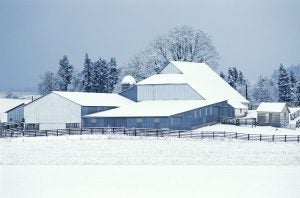 The corn and soybean fields that stretch for miles across the Midwest are quiet this time of year, mostly frozen surfaces waiting for the spring planting season.
The corn and soybean fields that stretch for miles across the Midwest are quiet this time of year, mostly frozen surfaces waiting for the spring planting season.
Although many farmers are not in the field dawn to dusk during the winter, they are still plenty busy. Between planning for the next season, taking care of animals and attending countless meetings, farmers are seldom idle even if their crop fields are.
But lucky for us, winter does afford more time to talk.
One friend from Iowa who works hard to use fertilizer efficiently to avoid runoff and optimize plant uptake of nutrients said he worries that food companies don’t always recognize the sustainability efforts of mainstream farmers. Too often, he said, it seems food companies look for simple labels like organic.
A soybean grower I know from Ohio who has invested a lot of time learning farming practices that will help restore nearby Lake Erie told me it is a constant struggle to balance making a living with repairing decades of agricultural nutrient runoff that have imperiled the health of the lake. Read More
What Michael Pollan gets wrong about Big Ag
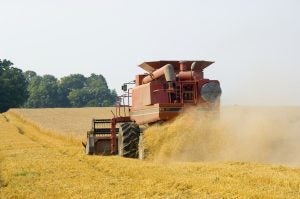 Journalist Michael Pollan deserves credit for elevating the national conversation about food. Over the course of 25 years, his articles and books have thoughtfully contemplated the troubling side effects of the American diet and the way our food is produced.
Journalist Michael Pollan deserves credit for elevating the national conversation about food. Over the course of 25 years, his articles and books have thoughtfully contemplated the troubling side effects of the American diet and the way our food is produced.
But his latest piece in the New York Times Magazine reads like a script for a black and white Western, with food companies, agribusiness and commodity producers cast in the role of Bad Guy and local organic farmers and vegans cast as the Men in White Hats.
In Pollan’s script, the bad guys are responsible for everything from America’s weight problem and rising health care costs to widespread environmental degradation and monocultures that threaten national security. If only the law would get on the good guys’ side, he muses.
Food production is actually changing
All industries have issues that continually need to be addressed, and the food industry is no exception.
Agriculture consumes a lot of land and water and emits greenhouse gas emissions that must be curbed. And, yes, our diets have contributed to America’s obesity epidemic.
Except, our food system is changing, more than Pollan acknowledges.
The uptick in consumer demand for local, organic products is promising. So, too, are the contributions that Pollan’s so-called villains – the companies, agribusinesses and commodity farmers who produce what’s on our plate – are making to the environment. They deserve recognition. Read More
A coalition of uncommon bedfellows is bringing sustainable agriculture to scale
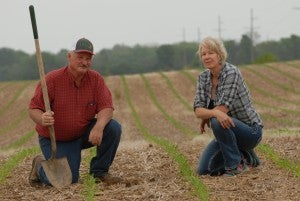 Today represents a huge advancement for sustainable agriculture, and a new era of food company collaboration. At the Farm Progress Show in Boone, Iowa, we are officially launching the Midwest Row Crop Collaborative (MRCC): a diverse coalition working to expand on-the-ground solutions to protect air and water quality, enhance soil health, and maintain high yields throughout the Upper Mississippi River Basin.
Today represents a huge advancement for sustainable agriculture, and a new era of food company collaboration. At the Farm Progress Show in Boone, Iowa, we are officially launching the Midwest Row Crop Collaborative (MRCC): a diverse coalition working to expand on-the-ground solutions to protect air and water quality, enhance soil health, and maintain high yields throughout the Upper Mississippi River Basin.
Founding members of the MRCC include Cargill, Environmental Defense Fund, General Mills, Kellogg Company, Monsanto, PepsiCo, The Nature Conservancy, Walmart, and World Wildlife Fund. The coalition will work directly with growers to help foster continuous improvement and implement conservation activities across three pilot states responsible for 44 percent of corn, soy, and wheat production in the United States: Illinois, Nebraska, and Iowa. Read More
Meet the farmer who helped make no-till the norm in north central Montana
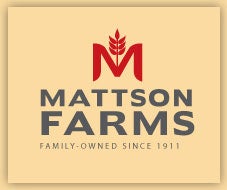 Approximately 56 percent of all corn, soy, wheat, and cotton farms use strip-tillage or no-till on at least a portion of their land. No-till, as defined by experts at the U.S. Department of Agriculture, means “limiting soil disturbance to manage the amount and distribution of crop and plant residue on the soil surface year round.” Strip tillage, meaning soil disturbance occurs on 30 percent or less of the field, also qualifies as no-till.
Approximately 56 percent of all corn, soy, wheat, and cotton farms use strip-tillage or no-till on at least a portion of their land. No-till, as defined by experts at the U.S. Department of Agriculture, means “limiting soil disturbance to manage the amount and distribution of crop and plant residue on the soil surface year round.” Strip tillage, meaning soil disturbance occurs on 30 percent or less of the field, also qualifies as no-till.
No-till is a widely recognized conservation practice that can help growers maximize soil health. The practice works best when implemented year after year and combined with other conservation measures like fertilizer efficiency and cover crops (wherever geography permits). There are myriad benefits for farmers and the planet, but barriers still exist.
That’s why I’m so amazed by a no-till adoption rate of 90 percent in north central Montana.
I talked with Carl Mattson, Montana grain grower and an agricultural policy and conservation consultant, about why he made the switch to no-till, why he was an early adopter of the practice, why so many farmers in his region use no-till, and what he sees as other obstacles to the future of sustainable farming. Read More
How “plant doctor” Dan Sonke is making Campbell Soups’ ingredients greener
The Campbell Soup Company, along with a growing number of major food companies, is taking action to implement and support sustainable agriculture measures. It’s in their best interest to decrease the risk of supply chain disruptions.
Plus, there’s increasing consumer demand for transparency. A new report from the Chicago Council on Global Affairs found that 78 percent of Americans are interested in how their food is produced.
I asked Dan Sonke, manager of agricultural sustainability at Campbell’s, to explain how his company is working with farmers to reduce environmental impacts, why they’re working with Environmental Defense Fund, and about the unprecedented demand he’s seeing for sustainable grain. Read More
Campbell’s Soup expands its fertilizer optimization programs
 There’s a new reason to celebrate your favorite sugar cookie. The Campbell Soup Company has committed to fertilizer optimization in its sourcing areas in Ohio and Nebraska. These areas provide wheat for Campbell’s subsidiary, Pepperidge Farm – and the company will enroll an additional 70,000 acres into its fertilizer optimization programs by 2020.
There’s a new reason to celebrate your favorite sugar cookie. The Campbell Soup Company has committed to fertilizer optimization in its sourcing areas in Ohio and Nebraska. These areas provide wheat for Campbell’s subsidiary, Pepperidge Farm – and the company will enroll an additional 70,000 acres into its fertilizer optimization programs by 2020.
Campbell will work with EDF to create additional fertilizer optimization and soil conservation programs for farmers, and will deploy United Suppliers’ SUSTAIN platform in these sourcing areas to help ensure farmers that changing their practices will not only reduce nitrogen runoff, but also protect yields and farm income. Read More
General Mills selects United Suppliers to increase fertilizer efficiency in the field
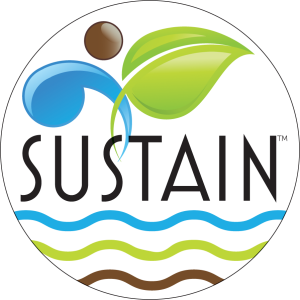 Isn’t it nice when somebody steps forward boldly to do the right thing and is rewarded for doing so? General Mills did just that for United Suppliers and the SUSTAIN platform, which will help farmers improve nitrogen use efficiency and productivity.
Isn’t it nice when somebody steps forward boldly to do the right thing and is rewarded for doing so? General Mills did just that for United Suppliers and the SUSTAIN platform, which will help farmers improve nitrogen use efficiency and productivity.
In July, General Mills put out a call for proposals to help the company meet increased production needs in ways that contribute to cleaner air and water.
It was almost like a future posting in sustainability want ads: “General Mills, a 17+ billion dollar food company, has the following need: Seeking best practices in nitrogen fertilization (nitrogen optimization) technologies for sustainable agriculture.”
The company recognized the pressing need to limit nutrient losses while also helping farmers produce more of the wheat, corn, soybeans and other crops it needs to make the products we buy.
And the winners are….
Read More










